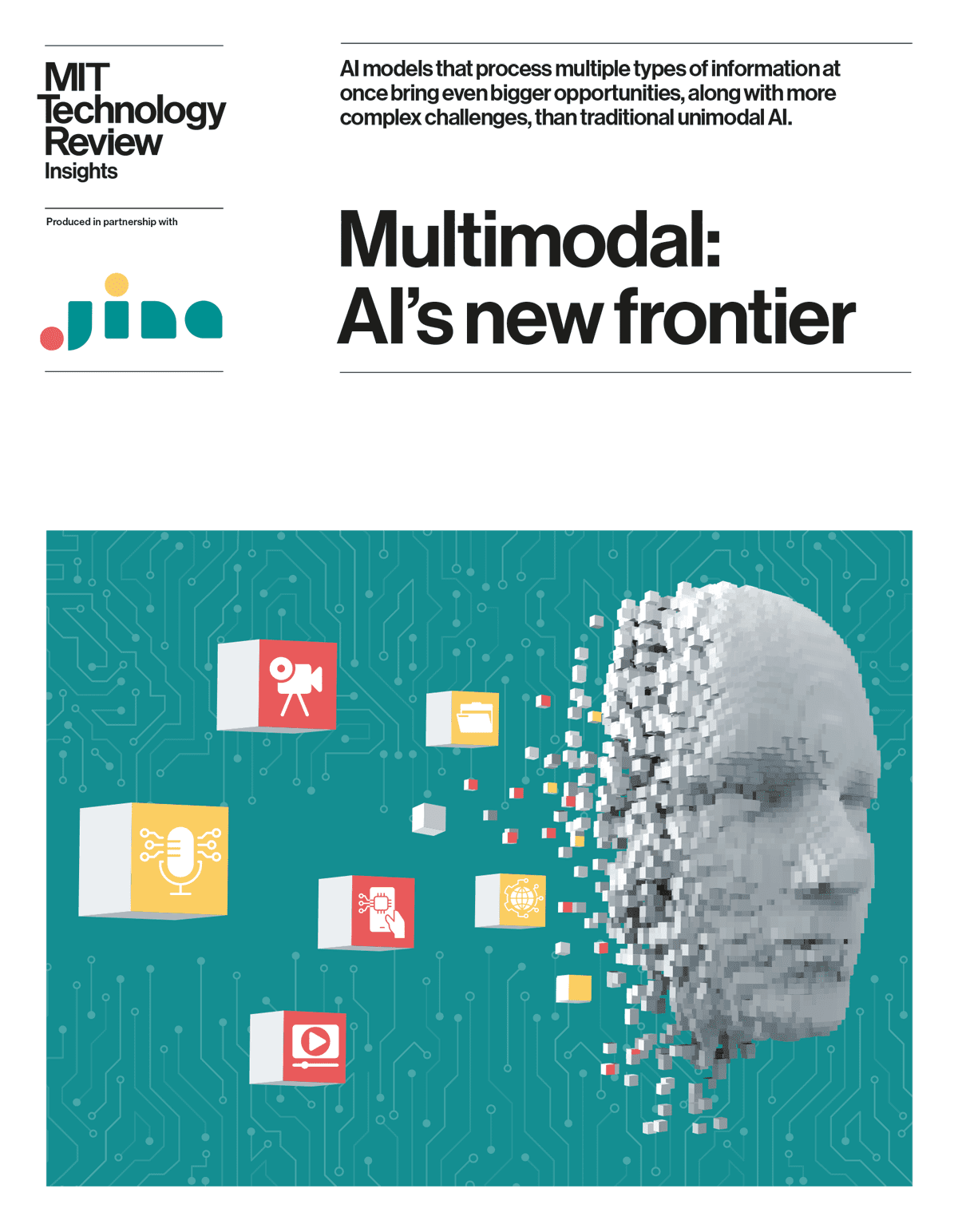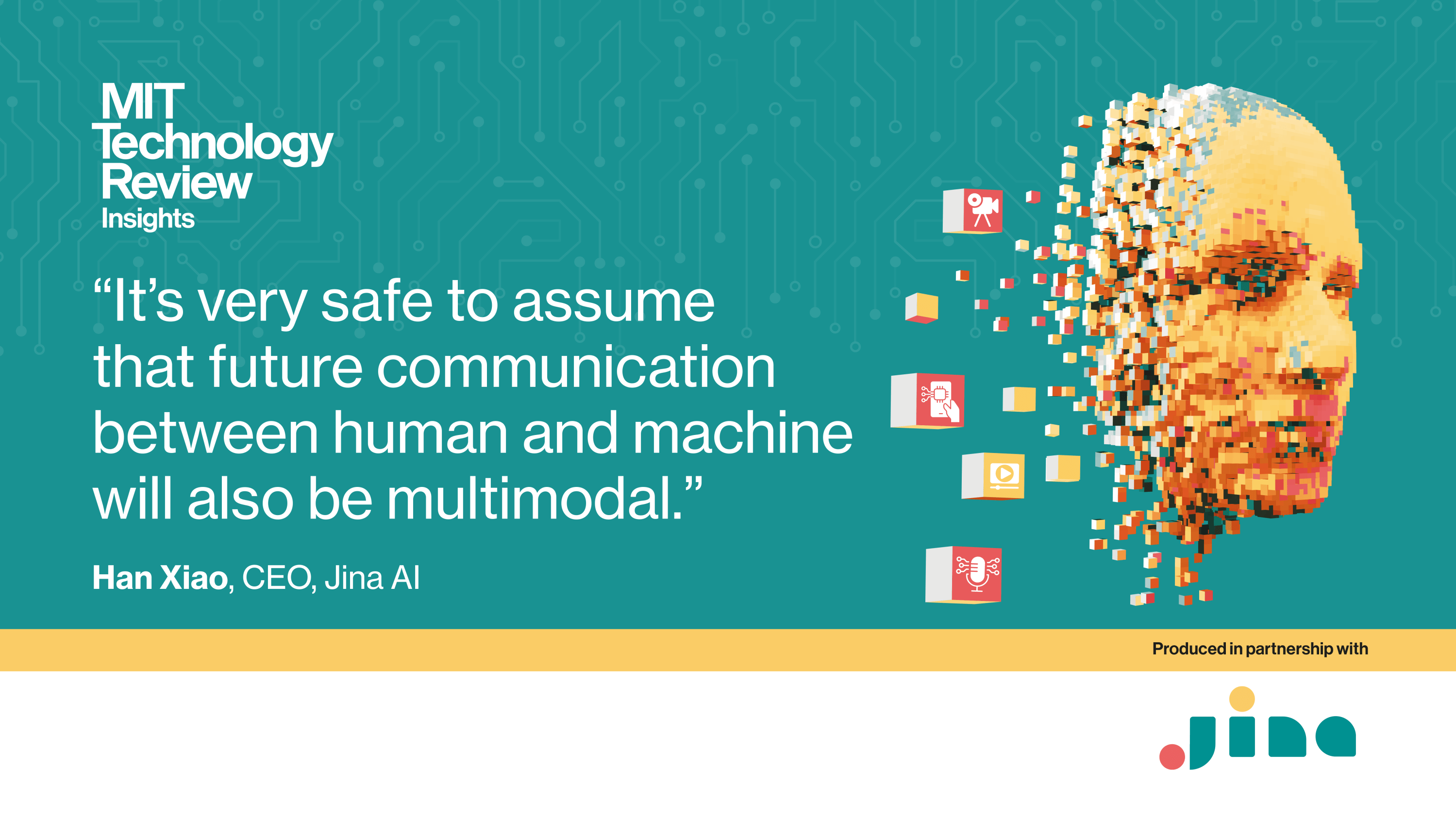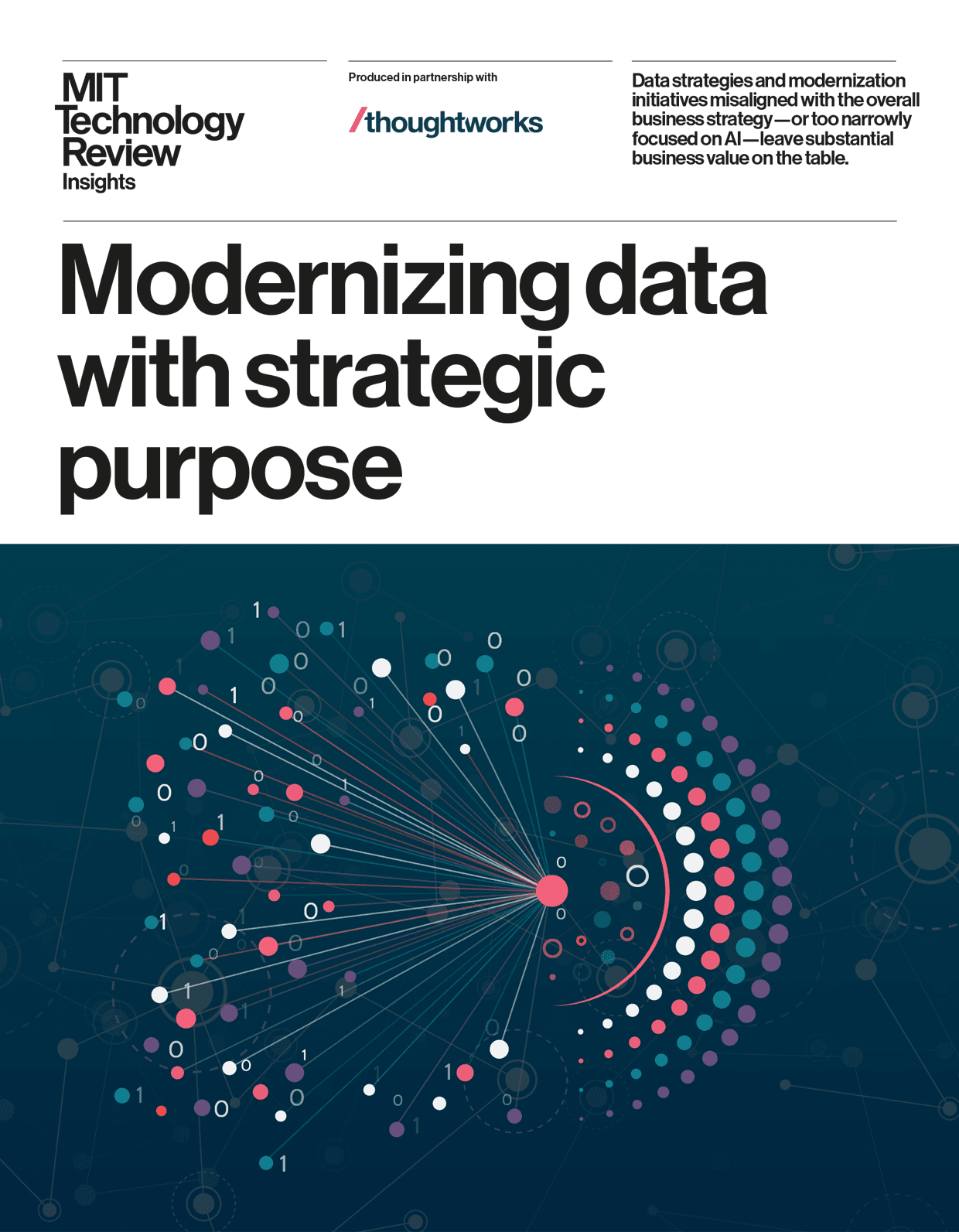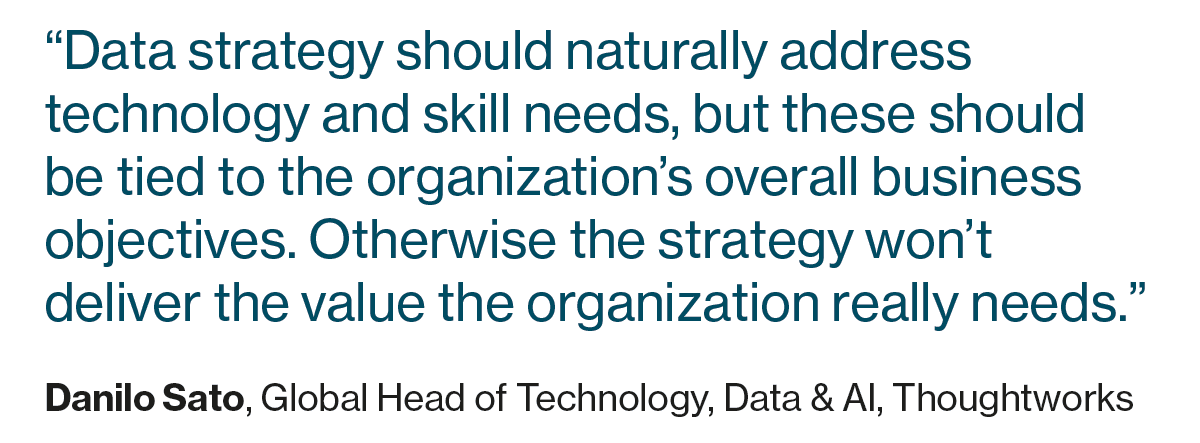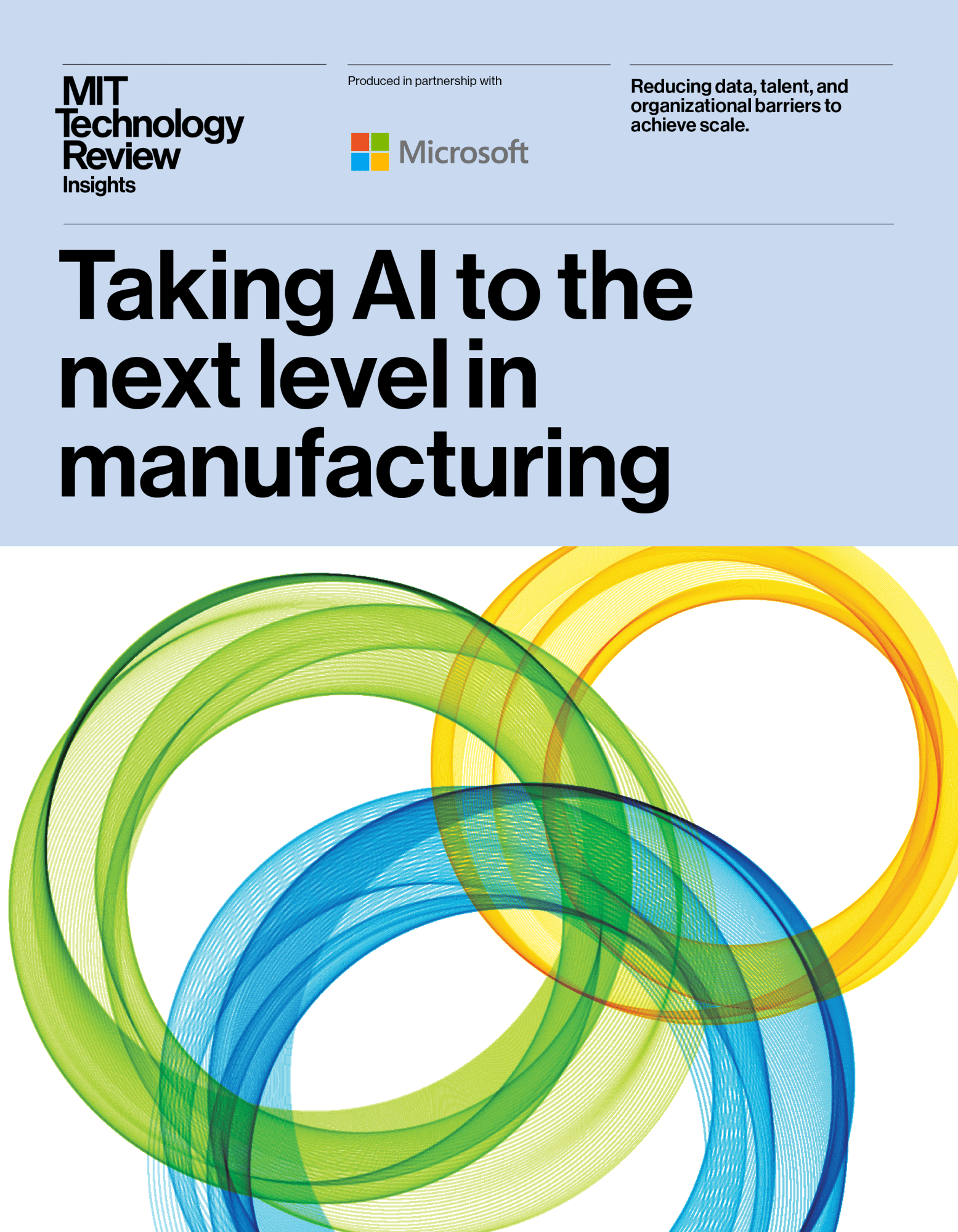Unlocking the trillion-dollar potential of generative AI
Generative AI is poised to unlock trillions in annual economic value across industries. This rapidly evolving field is changing the way we approach everything from content creation to software development, promising never-before-seen efficiency and productivity gains.
In this session, experts from Amazon Web Services (AWS) and QuantumBlack, AI by McKinsey, discuss the drivers fueling the massive potential impact of generative AI. Plus, they look at key industries set to capture the largest share of this value and practical strategies for effectively upskilling their workforces to take advantage of these productivity gains.
Watch this session to:
- Explore generative AI’s economic impact
- Understand workforce upskilling needs
- Integrate generative AI responsibly
- Establish an AI-ready business model
Learn how to seamlessly integrate generative AI into your organization’s workflows while fostering a skilled and adaptable workforce. Register now to learn how to unlock the trillion-dollar potential of generative AI.
Register here for free.




